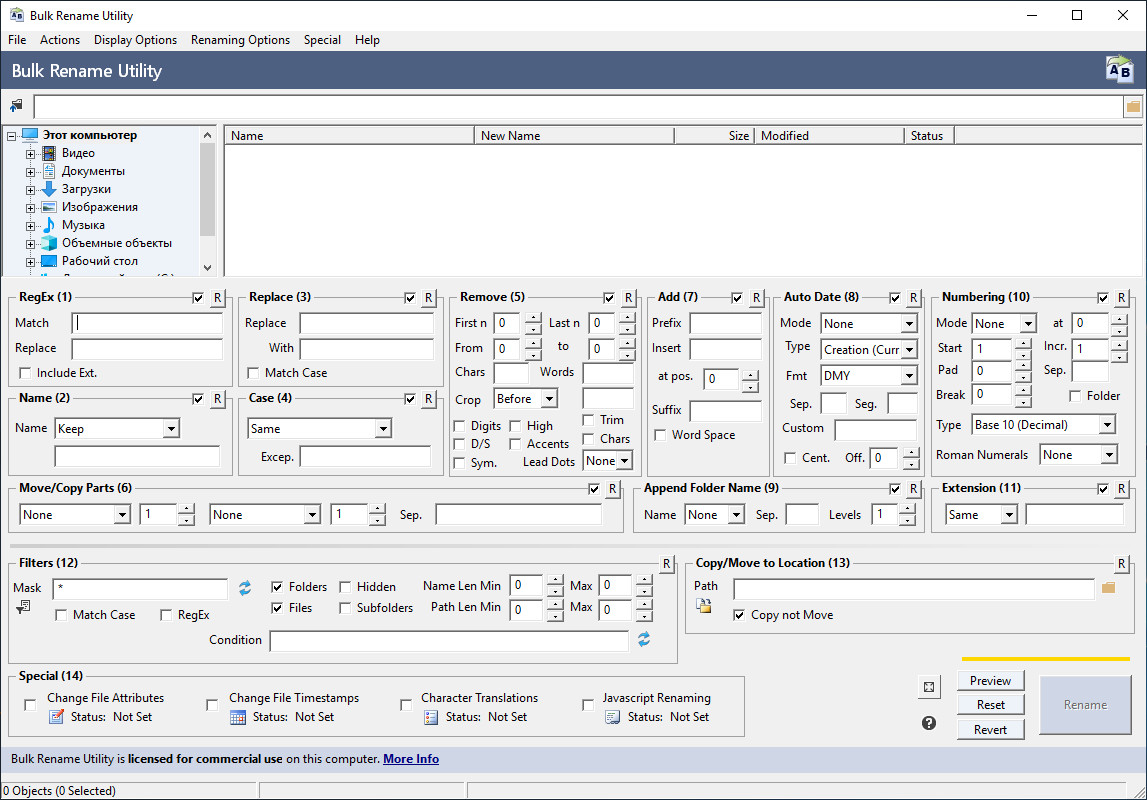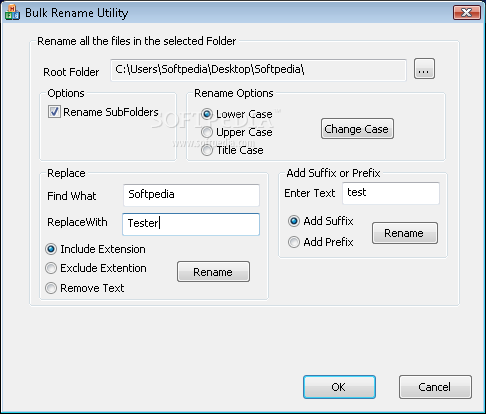

Putting $() around a Get-ChildItem ensures that all of the currently existing files get returned first and are then piped into Rename-Item, rather than piped in dynamically without the subexpression operator. Instead of 'dir |' I can use: dir | where-object -filterscript 'dir -recurse' outputs all the files, folders and sub-folders. Notes: 'dir' is an alias of 'Get-ChildItem'. Using '|' will pipeline the output of 'dir' for the command that follows. Create another text file where each lines contains the new name for the files in order.

The software has a preset for the file name depending on the extensions to make your work a lot easier in renaming. Thankfully, it's easy to batch rename files in Windows 10 using File Explorer, PowerShell, or the Command Prompt. But doing this for a few dozen or a few hundred files gets tedious. The software has a very clean interface which you can easily get used to. Batch Rename Files in Windows 10 Using File Explorer.
Windows bulk rename for windows 10#
Move the batch file to the location of the files you wish to rename. Last, in the list of bulk rename utility for Windows 10 and older versions, we have Flash Renamer. Open File Explorer using the Windows 11 keyboard shortcut ‘Win+E’ and select the files you wish to rename. You can use 'dir' to see all the files in the folder. Set the Save as type to All files and File name to any name you want with a. Notice: address must incorporate quotes "" if there are spaces involved. Type: "PowerShell" and open the 'Windows PowerShell' command window. Batch renaming is a form of batch processing used to rename multiple computer files and folders in an automated fashion, in order to save time and reduce.


 0 kommentar(er)
0 kommentar(er)
